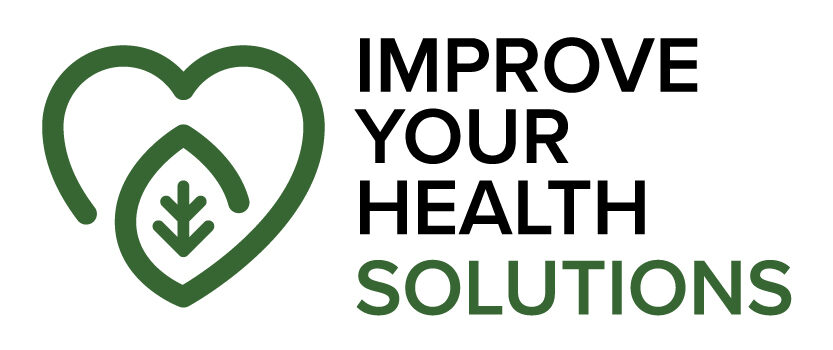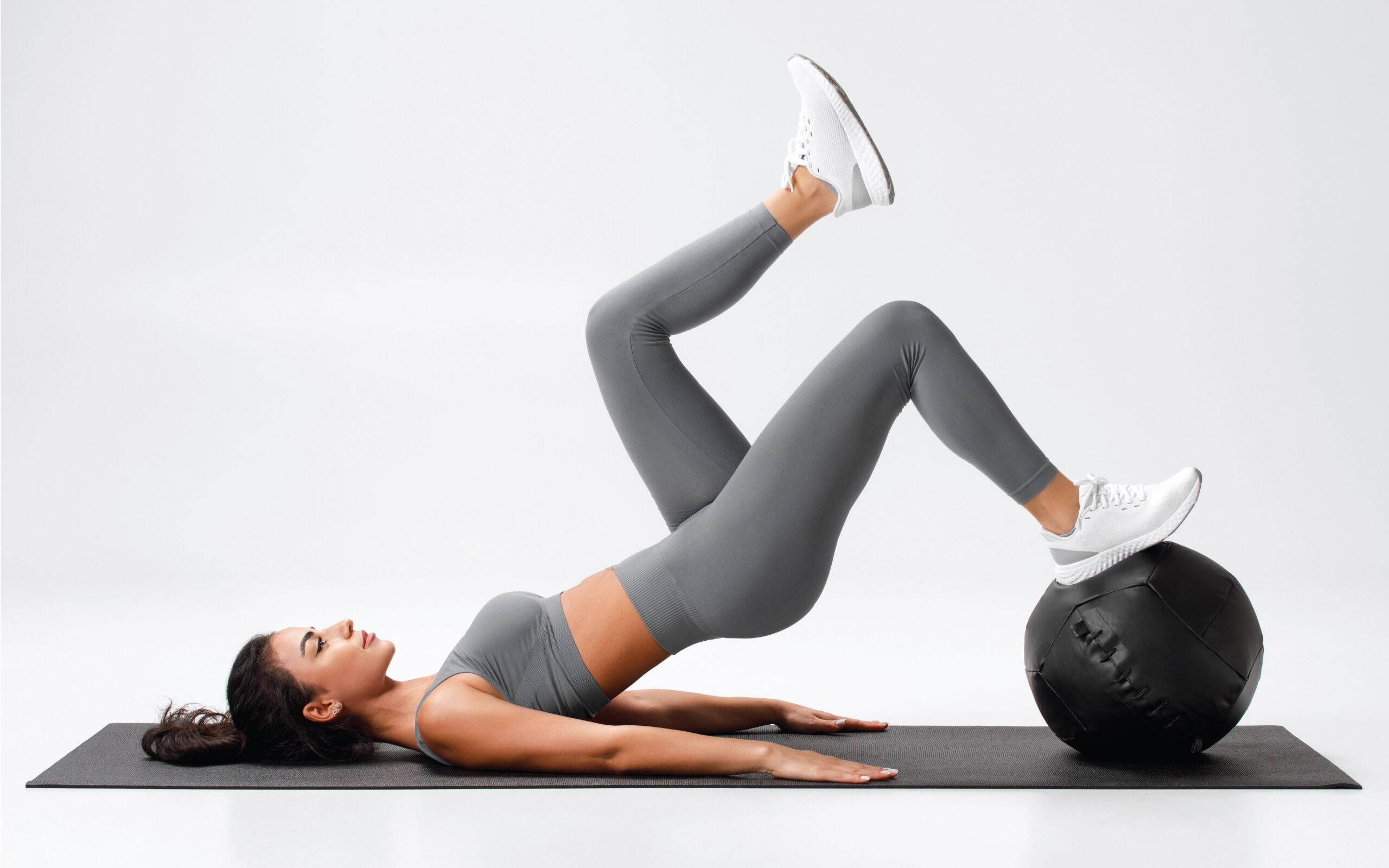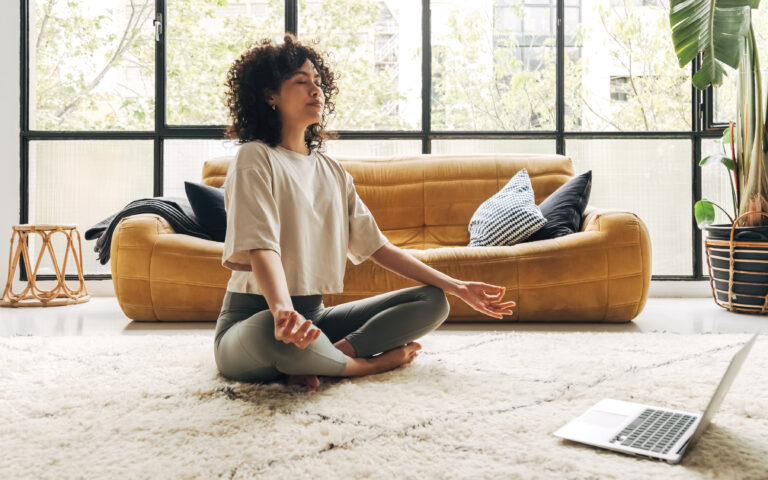Are you fed up with workout plans that don’t work? Want to build stronger glutes that look great and boost your fitness? It’s possible.
Building stronger glutes is more than just looking good. It’s about getting stronger, standing taller, and performing better in sports. No matter if you’re into fitness or just starting, knowing how to work your butt muscles can change your body.
This guide will show you how to build stronger glutes. We’ll cover science-backed muscle activation and exercises that target your butt. Our goal is to give you a clear plan to reach your fitness goals. We focus on methods that work for everyone, no matter your body type or fitness level.
Key Takeaways
- Glute training goes beyond appearance and impacts overall body strength
- Proper technique is crucial for effective muscle development
- Anyone can improve their glutes with the right approach
- Nutrition plays a significant role in muscle growth
- Consistent training leads to sustainable results
Want a stronger, rounder backside without endless squats? Tap here to learn the proven method that wakes your glutes with just 10 minutes a day.
Understanding Glute Anatomy and Muscle Function
The gluteal muscle group is a powerhouse of lower body strength and movement. Located in the buttocks, these muscles play a crucial role in stability, power, and overall physical performance. Knowing the anatomy of the gluteus maximus, gluteus medius, and gluteus minimus can help you optimize your fitness routine and achieve better results.
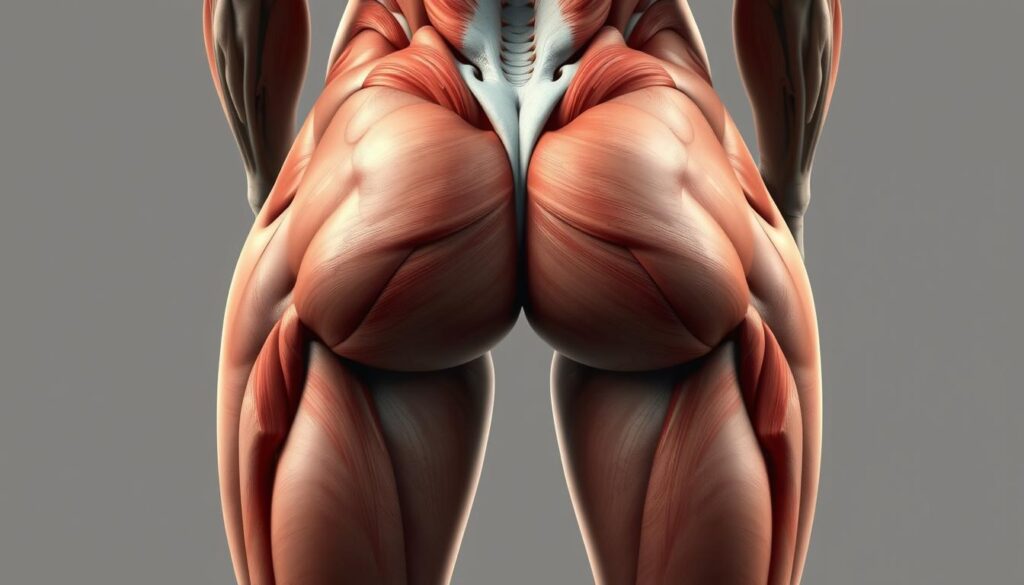
The gluteus maximus is the largest of the hip muscles and serves as the primary driver of powerful movements. It’s responsible for hip extension and plays a critical role in activities like climbing stairs, standing up, and generating power during squats and deadlifts. This muscle is key to developing a strong, shapely posterior.
Primary Muscles Involved in Glute Development
Beneath the gluteus maximus, the gluteus medius and gluteus minimus work together to provide lateral stability and hip abduction. The gluteus medius is particularly important for maintaining proper pelvic alignment during walking and running. Its strength directly impacts balance and prevents potential injuries in athletes and fitness enthusiasts.
Role of Supporting Muscles
While the primary gluteal muscles take center stage, supporting hip muscles like the hamstrings and hip flexors work in concert to create smooth, efficient movement. These muscle groups complement the gluteal muscles, ensuring proper biomechanics and reducing the risk of strain or imbalance.
Muscle Activation Patterns
Targeted exercises can help activate different areas of the glute muscles. Understanding muscle activation patterns allows you to design workouts that effectively engage all three gluteal muscles. Different movements and positions can emphasize specific muscle groups, helping you create a comprehensive approach to lower body strength and development.
For men & women looking to develop a rounder, stronger butt.
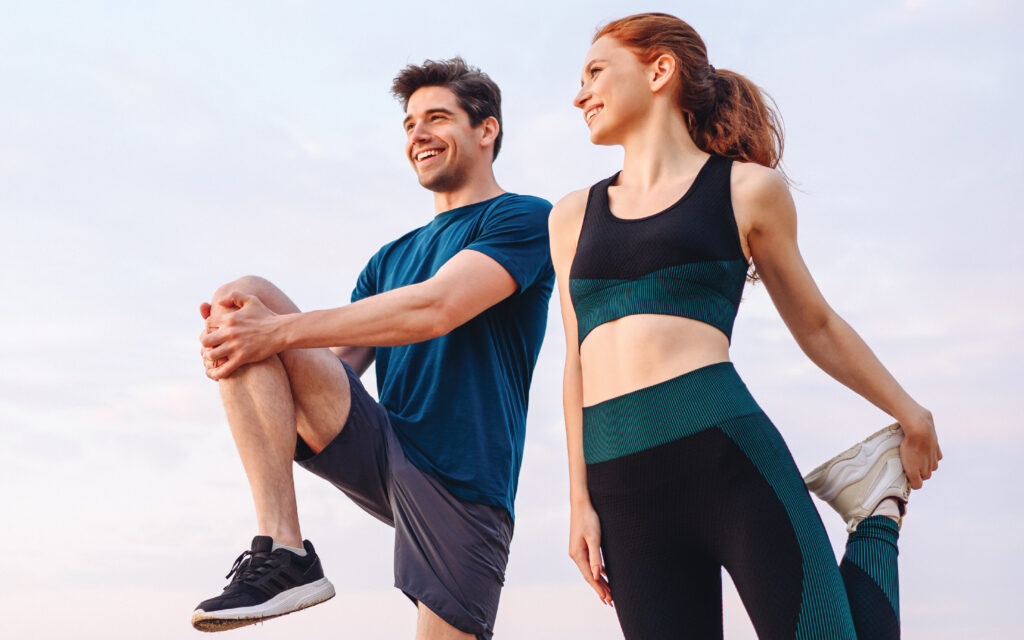
Glute training is more than just looking good. It’s about building strength that changes your whole body. Both men and women can see amazing results from focusing on glute exercises. These muscles are key for fitness, sports, and moving around every day.
Strong glutes do more than make your butt look good. They help keep your lower back stable, lower injury risks, and improve how you stand. Athletes know that strong glutes are crucial for top performance.
Functional strength comes from regular, smart glute workouts. Whether you’re just starting out or are a pro athlete, strong glutes can boost your abilities. They support basic movements like walking, running, and lifting, making them vital for fitness.
Some people think glute training will make their muscles look weird. But, done right, it won’t. It will help you build a strong, balanced lower body that supports your fitness goals.
Ready to fire up your glutes, improve posture, and reduce injury risk? Discover the three-step routine that targets every glute muscle.
Essential Exercises for Building Stronger Glutes
To build strong glutes, you need the right exercises. The right mix of movements can boost your lower body strength and look. Whether you’re into fitness or just starting, knowing the best glute exercises is key to reaching your goals.
Compound Movements for Maximum Growth
Squats are top for building glutes. They work many muscles at once, leading to strong muscle activation. Barbell back squats, front squats, and goblet squats each offer unique benefits.
It’s important to do squats right. Keep your chest up, back straight, and push through your heels.
Isolation Exercises for Targeted Results
Hip thrusts are great for focusing on glutes. They target the gluteal area directly, building strength and shape. Lunges work well with hip thrusts, adding unilateral movement to balance muscles and improve stability.
Body Weight Exercises for Home Workouts
Glute bridges and resistance band exercises are ideal for home workouts. Glute bridges need no equipment and can be done anywhere. Resistance band exercises add variety, allowing for different resistance levels and more muscle engagement.
Remember to keep challenging your muscles by increasing reps, sets, or weight. Mix up your exercises to avoid plateaus and keep growing muscle. Add these to a full workout plan for the best glute results.
Nutrition Strategies for Muscle Growth and Definition
Building stronger glutes isn’t just about intense workouts. Proper nutrition is key for muscle growth and definition. Experts say you need 1.6 to 2.2 grams of protein per kilogram of body weight for best results.
To grow muscles, you need a calorie surplus. This means eating a bit more than your body burns each day. Aim for a 250-500 calorie increase to help muscles grow without too much fat.
Macro-nutrients are the base of your nutrition plan. Proteins help repair and build muscles, carbs give energy for workouts, and healthy fats support hormones. Planning your meals is important to get the right mix of these nutrients.
A good day might include lean proteins like chicken or fish, complex carbs like sweet potatoes, and healthy fats from avocados or nuts. Strategic nutrition turns your workout efforts into visible muscle definition.
Consistency is more important than being perfect. Small, steady changes in your diet can make a big difference in muscle growth and body shape.
Common Mistakes to Avoid During Glute Training
Building strong glutes takes more than just going to the gym. Many people unknowingly harm their progress by making big mistakes. These errors can stop muscle growth and raise the chance of getting hurt.
To get the best results, you need to know more than just how many reps to do. Too much training can be as bad as not enough. Finding the right balance is key.
Form and Technique Errors
Good form is essential for strong glutes. Many people use momentum instead of their muscles. This not only weakens the muscle but also raises injury risks.
Make sure to connect your mind with your muscles during each exercise. This way, your glutes do the main work.
Training Frequency Misconceptions
Rest days are vital for muscle growth and healing. You don’t need to work out every day. Your muscles need time to fix and get stronger.
Try to do 2-3 focused glute workouts a week. Make sure to have enough rest in between.
Recovery and Rest Importance
Sleep and what you eat are crucial for muscle building. Not enough rest can make you perform worse and even break down your muscles. Aim for 7-9 hours of good sleep and eat foods high in protein to help your muscles heal and grow.
Conclusion
Building stronger, rounder glutes is more than a fitness goal. It’s a personal journey that needs dedication and a tailored approach. Every step you take brings you closer to better strength, body shape, and fitness.
Consistent effort is key to unlocking your body’s full potential. Whether you’re new to fitness or have been at it for years, the basics are the same. Focus on proper technique, eat right, and rest well. Your muscles grow with smart training, not just hard workouts.
Remember, body changes and muscle growth are personal. What works for one might not work for another. Pay attention to your body, adjust your workouts, and be patient with your progress. The best athletes stay committed, learn from their experiences, and keep improving their glute training.
Your fitness journey is a powerful path of self-discovery and physical strength. Enjoy the process, celebrate small wins, and keep track of your progress. With smart training, balanced eating, and unwavering dedication, you’ll change your glutes and become a stronger, more confident you.
